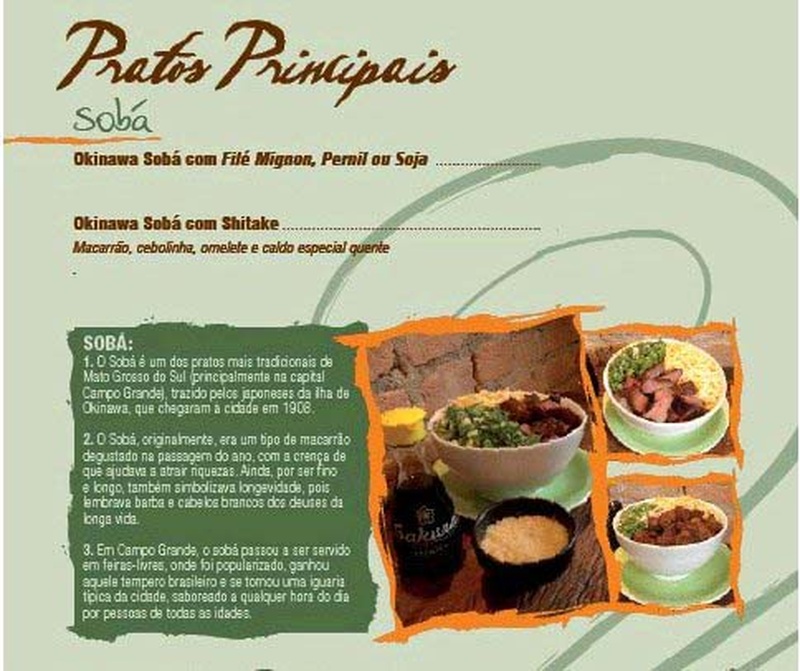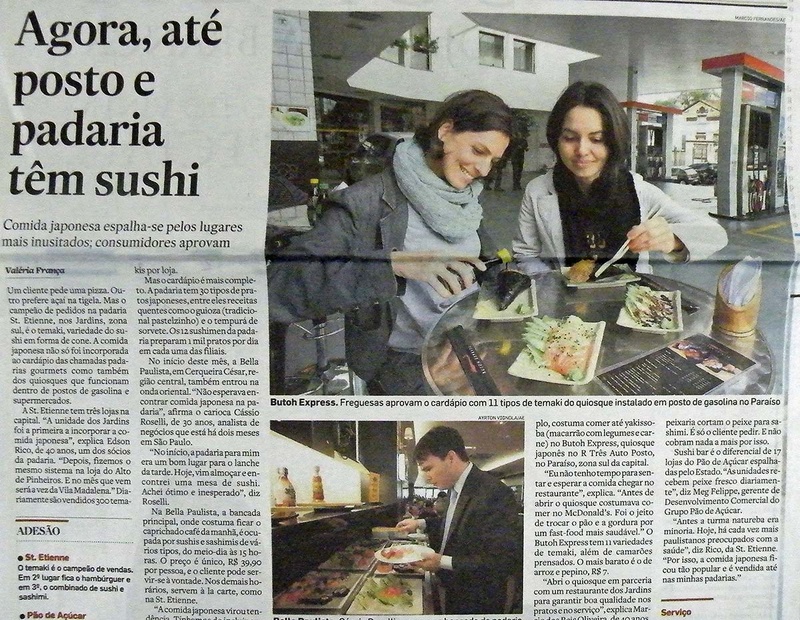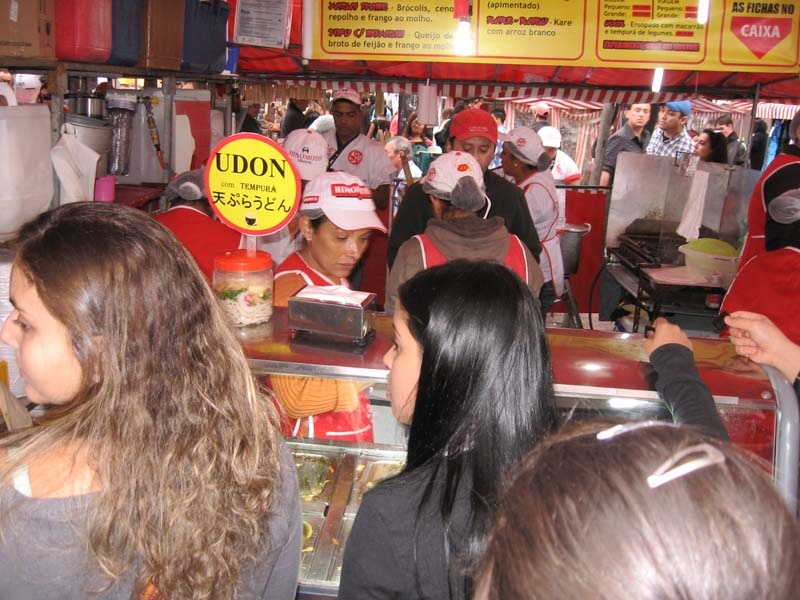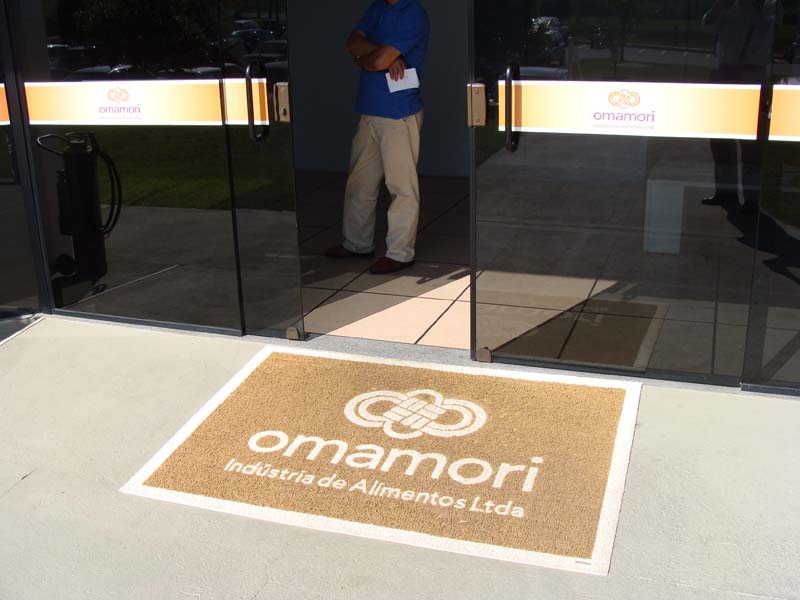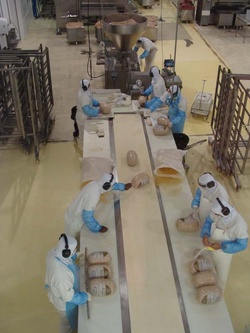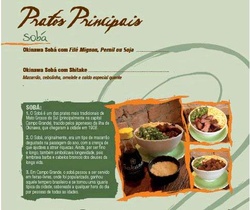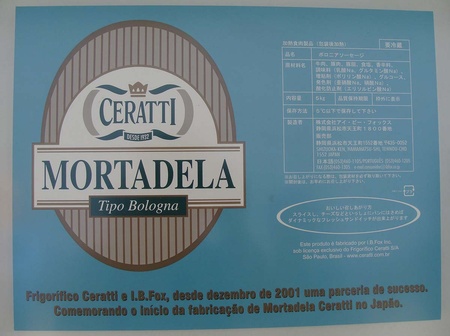“Italian” sausage not eaten by Italians
“Italian people do not eat our Mortadella (Bologna sausage).” I remember clearly a sense of disappointment in his voice in the interview I conducted with the one and only, hardcore Italian-Brazilian president Mario Benedetti (third generation, age 56 at the time) back in 2010.
What’s “hardcore” about him is the fact that despite being third generation, he speaks Italian at home, has kids (fourth generation) who are also fluent in the language, and holds dual nationality. Perhaps it is due to his company, Ceratti, the biggest meat processing business in Brazil having the traditional Italian taste as their selling point.
His grandfather, Giovanni Ceratti, left Italy in 1921 when the country was in great ruin in the aftermath of World War I with the rise of fascism and landed on the new continent with a dream.
You might have heard of the masterpiece anime from the old days, “3000 Leagues in Search of Mother,” a story of a 13-year-old boy named Marco who searches for his mother who went missing in Argentina as a migrant worker. Reportedly New York has the biggest population of Italian descent in the world, and Buenos Aires in Argentina comes second, followed by São Paulo. Benedetti’s grandfather lived in almost the same era as the setting of Marco’s story.
In 1929, Giovanni married Gina and started a family business, a small butcher’s shop for his fellow Italians. During those days in the city of São Paulo, one in six people was an Italian immigrant, and he shared the taste of his hometown with his fellow immigrants. Giovanni was born in the northern commune of Italy, Castelmassa, located next to the world-famous gourmet city Bologna, and it was the place where Mortadella originated.
Giovanni, however, added a little twist to it. In Italy, Mortadella is made of 100% pork, yet he used beef and pork half and half, as beef was cheaper and more generally consumed there. He also increased the amount of garlic, salt, and pepper to make the taste more Brazilian. As a result, his Mortadella became a huge success which led him to expand his business further.
“He went through a series of trial and error, and Italian people came to avoid the sausage, the reason being that they thought it was too forti (strong),” said José Janercio De Lima, who had worked at Ceratti for 37 years (at the time of the interview) and who knows everything about the company. In other words, it had turned into a “Bologna sausage” of Brazilian taste that no Italian would eat.
Benedetti compares his grandfather’s home country and Brazil and says, “The core of Italy can be found in its cuisine, pleasure, and art but Brazil can be best characterized as a mixed culture.” He emphasized that he made a further approach. “That’s why I took in the Japanese way of thinking.”
Perhaps his sausage has already become a Brazilian dish. The taste of food moves from one place to another together with its “carrier” immigrants.
Soba brought by immigrants from Okinawa
Esfiha which was brought by Arabic immigrants is one of the dishes that have been localized and spread throughout Brazil. It’s a dish that is made of a piece of dough (which looks like a mini pizza) with ground beef on top of it cooked in the oven, and is served in almost every diner in Brazil. But the original esfiha is made with mutton and consumed by desert dwellers.
In fact, the same change can be found in some Japanese food. In Campo Grande, located in the central west provincial capital of Mato Grosso do Sul where there is a high population of Okinawan descent, Okinawa soba became so popular that it was certified as a cultural property of the city in 2006.
Originally, the dish was served among the fellow workers at feira (open-air market) where a lot of immigrants from Okinawa took jobs. Since there were many Brazilians working there as well, Okinawan immigrants ate soba behind the curtain as they did not want to be seen using chopsticks and slurping noodles.
However, to Brazilians, it looked as if the Japanese people were having great-tasting food all to themselves, and they started to request the dish one by one. Soon they opened an Okinawa soba stand for the general public and the number of such stands increased gradually. Now they call it “sobaria”—a Brazilian word which cannot be found in Portuguese.

It refers to a diner that specializes in serving Okinawa soba, and amazingly there are 28 soba places in the central market in Mato Grosso do Sul alone. In 2007, another shop opened in São Paulo. On the menu it is written as a Campo Grande dish, with no mention of “Japanese food.”
In the process of localization, there were some changes in its taste and ingredients. The original Okinawa soba is generally served in bonito-based soup with just a little amount of pork on top of noodle.
In Brazil, however, some places serve soba in soup made from pork bone and with a lot of stewed beef on top of noodles. There are even some high-end restaurants where you can choose which part of beef to place on top of the noodles as toppings.
On August 14, they had a big celebration of the 100th anniversary of Okinawan immigrants in Campo Grande. Many of the participants from their home prefecture, (In Brazil, they have their own word for the prefecture of their origin—boken) apparently did not like the taste and slammed the dish with a roundabout comment—This is different from soba that we eat in Okinawa. It’s moving in a different direction from Okinawa.
They wanted to say that the soba tasted different from the one in Okinawa or that it simply did not taste good.
Temakeria—Japanese restaurant not found in Japan
Likewise in Brazil, people have come to love their own Japanese food that cannot be found in Japan. For example, “temakeria,” a temaki store, is expanding business and has almost earned the title of Nikkei food.
There are different types of temaki, yet most of them are heavy in taste. Temaki in Japan is generally light, yet in Brazil it has become a kind of junk food with high calories.
For instance, one temakeria place in Vila Olímpia, the biggest entertainment district in São Paulo, serves what’s called Nachomaki. It has salmon slices, Mexican dish nachos (chips made of corn flour with spicy sauce on top of them), and tabasco pepper sauce, which all together proves its multi-nationality in the fact that a Mexican taste is enclosed in the Japanese frame by the Brazilian way of thinking.
Macadamia (Macadamia roll) has salmon slices, Macadamia nuts, mayonnaise, and sesame, and Camarao Tailandes (Thai shrimp roll) contains cooked shrimp, salty-sweet sauce, pepper, sesame oil, Ajinomoto stock, and peanuts.
In fact, these rolls which are priced at around 15 reals (approx. 700 yen) each are not that cheap. You can have a whole meal for the same price at a local diner. Yet temaki is loved by so many that it has certainly become a popular Nikkei dish.
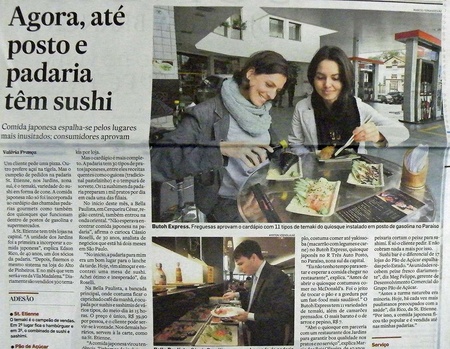
The spread of the Japanese food boom
Until the 1970s, Japanese food in Brazil in fact was consumed in the Nikkei community only as a kind of ethnic food. However, as Japanese food became popular in Europe and the United States, beginning in the ’80s the young generation, with their love of new things, and a small group of dilettantes interested in Japanese culture started to go to Japanese restaurants partially out of curiosity, which eventually led to Japanese food turning into a big boom around the ’90s.
Since Brazilian people did not have the habit of eating raw fish, they were a bit cautious when they had their first bite of sashimi or sushi. In the rise of the Japanese food boom, the number of Japanese restaurants which were originally present only in the eastern town of the Liberdade district, rapidly increased in high-class residential districts, business areas, and downtown districts in the Southern part of the country. Currently in São Paulo alone, there are 600 restaurants that serve sushi, sashimi, and tempura.
With the boom of Japanese food, more and more Brazilians now use chopsticks. About ten years ago, I was walking in Liberdade and was surprised to see a homeless person eating yakisoba noodles with chopsticks. Even in this big world that we are living in, a homeless person eating yakisoba with chopsticks in a Western-influenced place is probably a rare scene to spot.

Immigrants turn the taste of hometown into global food
Going back to the story of Mortadella of Ceratti, I was surprised to hear that the city of Hamamatsu in Shizuoka Prefecture is the only place outside of Brazil that makes the product. Since 2001, the city has been running its patented production with the secret extract sent from the headquarters. There are two reasons Hamamatsu was chosen as the one and only production site out of all other places in the world.
The first one is the fact that Benedetti loves Japan. Since 1992, he has visited Japan eight times to learn quality control and in 2004 built a state-of-the-art factory and gave it a Japanese name, Omamori (charm), and tried to make it all Japanese, as stated in his own words, “It’s Brazilian on the outside but Japanese on the inside.”
The second reason is that there are a lot of Japanese-Brazilians living and working in the place, who love his Mortadella. The taste of hometown brought by Italian immigrants across the Atlantic Ocean and spread throughout Brazil was passed onto Nikkei people and this time crossed the Pacific Ocean. If it further expands into not only migrant workers but Japanese people, the taste of Japan will surely be added along the way.
What used to be exclusive to a particular community, a taste of hometown, has now come to travel around the world in the hands of immigrants. In the taste that was brought by immigrants a global flavor can be found.
© 2014 Masayuki Fukasawa


